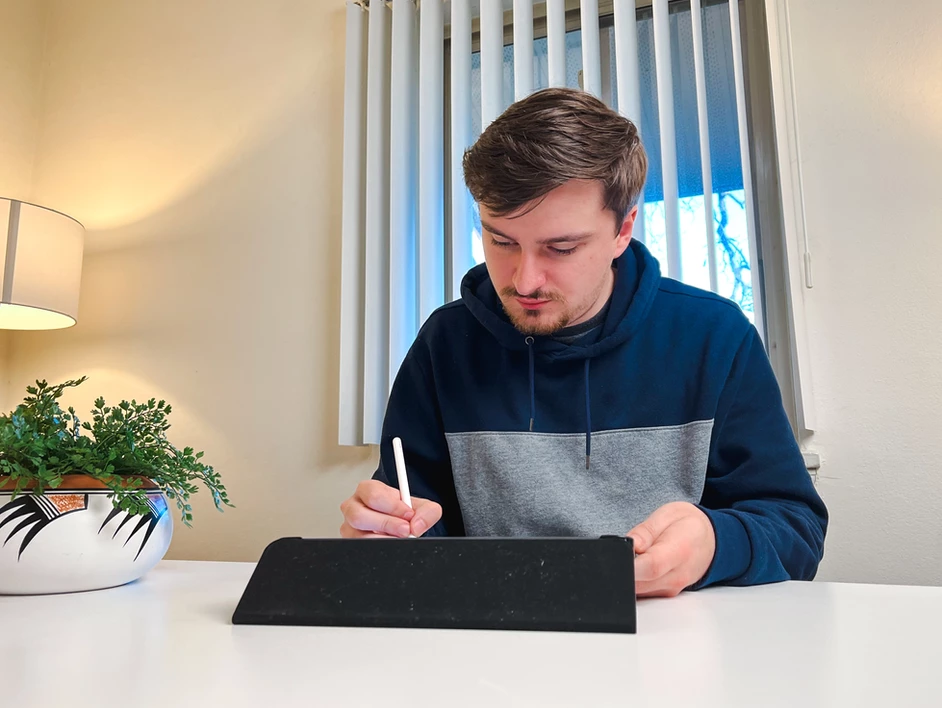Design process
-
Initial idea (Identifying a problem)
-
Research – better understanding of problem
-
Opportunity / solution (solve problem in a unique way)
-
Ideation, (problem solving through sketching)
-
Refinement (get a final design solution)
The profession of an Industrial Designer isn’t one that is commonly known, though we see and interact with it everyday. The job of an Industrial Designer is to define a product’s form, features and functionality. For example, your coffee maker, phone, or chair are all examples of industrial design. At the heart of industrial design is problem solving, improving upon what has come before us and offering new solutions to problems we face today.
There is a process for bringing a product to fruition. There is much to be considered when deciding what goes into designing a product. The process of designing a product starts with the initial idea. The initial idea is a recognition of a problem and the desire to design a solution. The identification of the problem leads into research to better understand why there is a problem and possible ways to solve it. Analyzing all the factors causing a problem is a key factor in creating a great solution. If you don’t fully understand the problem, you can’t fully design a solution. Your solution needs to be better than how previous designers have tried to solve the problem. If your idea solves a problem but is too complex, consumers won’t be interested.
Design aesthetics play a big role in deciding if someone will purchase a product. This is where inspiration comes into play. Not only does your idea need to improve upon current solutions, your design needs to look visually appealing and interesting. Gathering images for reference is key to maintaining a clear image in your design.
Now that you have your problem identified, solution figured out, and inspiration is crystal clear, you are ready to start the Ideation (sketching) process. The ideation process goes through many rounds of refinement. Sketching how you want your product to look and function helps iron out some problems in your idea. Not only do you need to make sure your product looks cool, but also functions properly. Once a final design is picked, the next step is to start building a 3D model.
The process from initial idea to final design isn’t always an easy one and sometimes you have to go back to the drawing board to figure out a better solution when problems in your idea arise. Having people who you can share your process with and get feedback from are paramount to this process and allow you to make the most of your design. Getting feedback allows others to point out problems you’ve overlooked.






